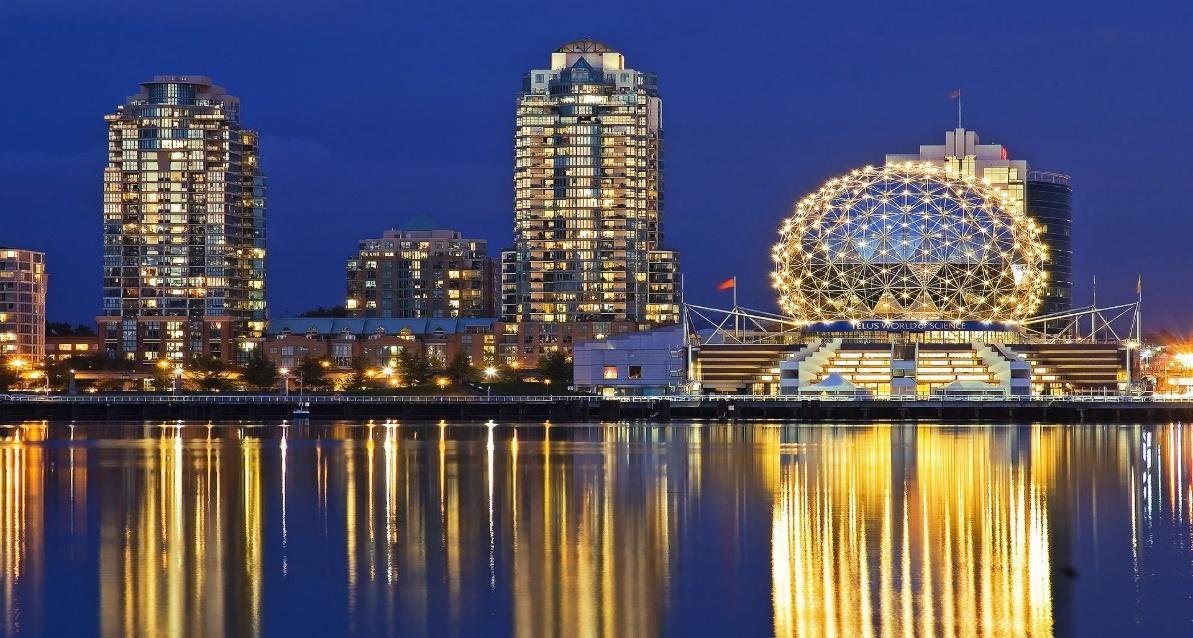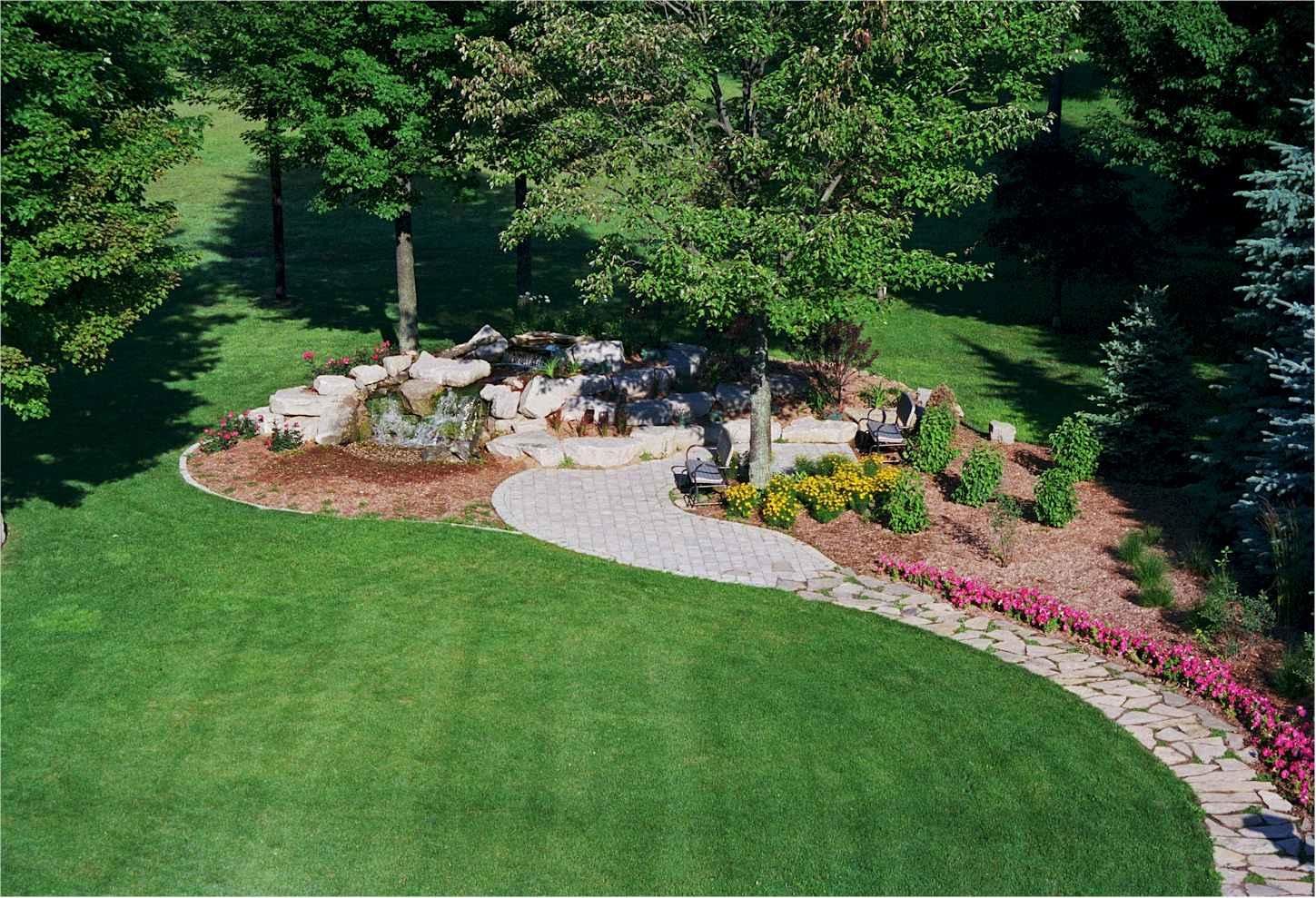Location of the City and Aesthetics of the City
My ideal city is based on both an imaginary and a real city, especially the City of Dubai that has been upgraded to international standards. My ideal city should be located along the coastal beach where a cool breeze from the sea will be hitting the city when the temperatures are high. The look of the city should show a clear blend of both traditional and contemporary architectural designs.
According to Townsend (2013), the beauty of the city should not be rigidly defined by the use of modern architectural styles. The modern architecture is good because it offers more durability and enhanced beauty.
However, my ideal city should use modern architecture to reflect on our traditional styles of construction. It would be necessary to have a national park within the city, a beautiful beach, five-star hotels conveniently located near the beaches, a national park, and modern the means of transport to other parts of the world.
The aesthetics of the city would majorly define its appearance and the ability to appeal to the eye. The visual elements of the city should remain spectacular at night, just as it is during the day.
This means that the lighting systems used in the city should be able to give a true reflection of the city at night, from the tall buildings to the uniquely built stadiums, to the beautiful highways. The figure below shows a perfect example of an image of the ideal city.

As shown in the above diagram, the beauty of the city lies in many elements based on architectural design and aesthetics. The visual elements give a perfect impression of the city that was constructed with a very clear plan. The proportions of the buildings show that the planners were sensitive to the Golden Ration System, where proportionality of structures is given priority. The color of every structure is of utmost importance.
Some structures will need bright colors while others will need mild colors in a systematic manner that would result in a perfect match when viewed from a distance.
Although the vertical space should be embraced, it is necessary to ensure that the buildings are of different heights in some definite pattern to eliminate any boredom of the city when viewed from an aerial angle. The above diagram shows the desired pattern when designing the heights of different buildings that are closely related to one another.
Business to support the city
The beauty of the city can only be realistic if it can support various business operations. The main business operation that this city will support is tourism. Tourists will be coming from all over the world to see animals in the national park. After spending some time in the national park, the tourists can sunbathe on the beach, just a few miles away from their residential hotels.
Another business would be wholesaling and retailing businesses. Goods from the United States and China should be passing through the country to various destinations across the world. This means that the city will also be a perfect location for the logistics companies (Goodchild 2008).
The city should also be a hub for the entertainment industry. Although I would have preferred a city that is free from heavy industries that pollute the environment, the truth is that a realistic city must always support such industries. For this reason, this city will have to support large industrial companies.
When distributing the companies, one of the main criteria that should be used is the space needed for an individual company and the level of pollution. Tourism, the retail industry, financial sector, entertainment, and other related companies will be operated from the city center. The national park will be located a few miles from the central business district. The industrial sector will be located in the furthest city suburbs.
Living space for the inhabitants and the landscape
In this ideal city, there will be no slums. The inhabitants are expected to live in the city suburbs, in forested areas. When developing a residential area around the city for the inhabitants, the planners should ensure that nature is protected as much as possible.
It would be necessary to have the houses evenly scattered in a moderately forested area, but away from the protected national parks. In the residents, only trees and artificial gardens will be expected, as opposed to the national park that will have thick bushes for the wild animals.
The landscape should be appealing to the eye by bringing nature in its truest form. The landscape will be very important in attracting tourists. It may be necessary to use modern architecture to create a landscape in a way that would make it appear natural. The figure below shows this.
The Landscape

Having such a landscape within the residential areas would make the city have a magnificent look.
Infrastructure and security issues in the city
The residential area should have proper infrastructure that will ensure that movement, entertainment, shopping, banking, communication, and such other services are easily accessible to the inhabitants. As mentioned above, the community space should be a few miles away from the busy central business district.
Clean water and power supply in the residential areas and business premises should be regular in the entire city. Within the city, the main mode of transport should be through the use of roads and water vessels. Public transport should mainly involve uses of buses, taxis, electric train, and engine boats.
The government should ensure that all, if not most of the residents have stable employment. This is one of the ways of combating crime. There should be adequate security personnel in the central business district and the city suburbs. The residential areas, the national park, and other tourist locations should also be adequately guarded.
Environmental issues
It is necessary to ensure that the city management authority has proper structures that would protect the environment. Activities within the city should not have adverse effects on the natural landscape of the city. Waste management should involve effective sewer lines and a regular garbage collection (Campbell 2012).
The collected garbage should be responsibly disposed of in an environmentally friendly manner. Legal structures may be necessary to help protect the natural environment from any irresponsible behavior.
Allowances and Expansion
It is a fact that this city will be expected to sustain future generations. For this to be possible, it would be necessary to have an allowance for expansion. In all the city segments discussed above, there should be some space that may sustain future developmental needs.
References
Campbell, T. (2012). Beyond smart cities: How cities network, learn and innovate. Abingdon: Earthscan.
Goodchild, B. (2008). Homes, cities and neighbourhoods: Planning and the residential landscapes of modern Britain. London: Ashgate.
Townsend, A. M. (2013). Smart cities: Big data, civic hackers, and the quest for a new utopia. New York: Cengage.